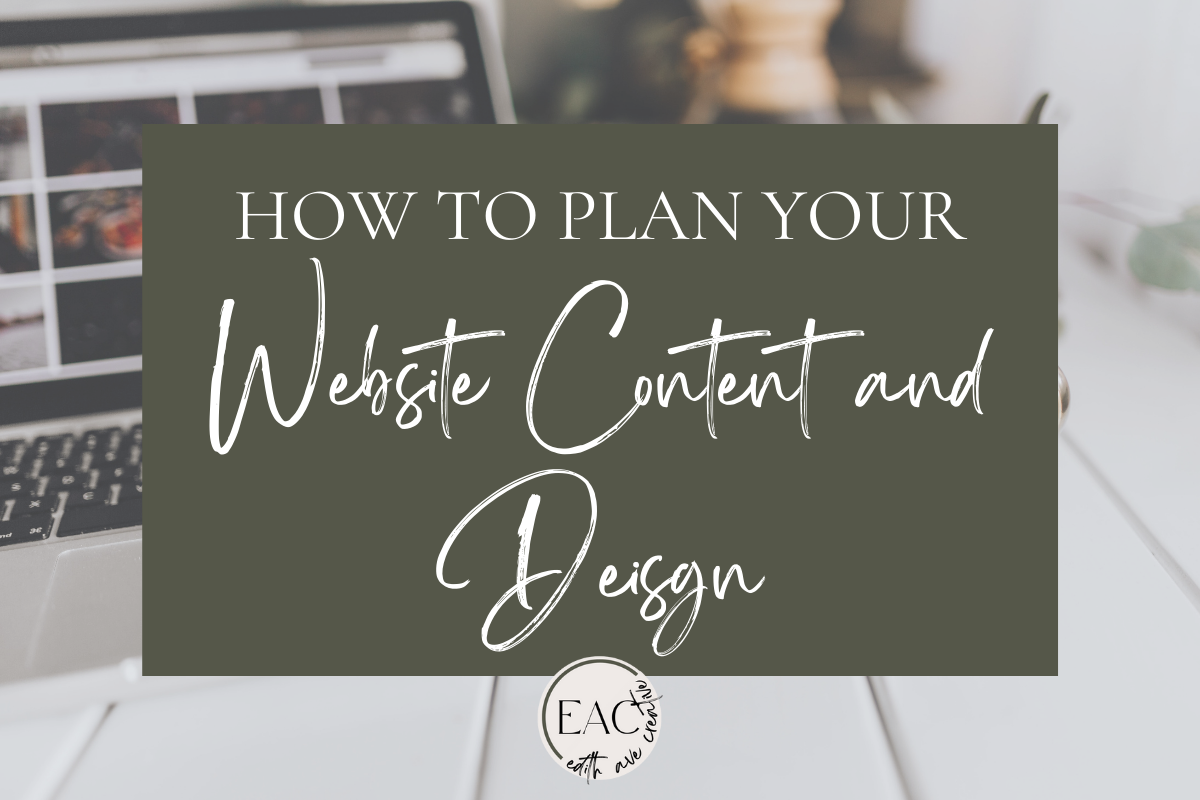Having a well-organized and user-friendly website is essential for businesses, bloggers, and anyone looking to establish an online presence. Whether you’re building a site from scratch or giving your existing one a makeover, careful planning and thoughtful organization are key to creating a successful online presence. In this guide, I’ll walk you through the process of planning out a strategic website and effectively organizing your content to provide visitors with an engaging and seamless browsing experience.
Define Your Website’s Purpose and Goals:
Before you dive into creating content, it’s crucial to define the purpose and goals of your website. Are you building an e-commerce site, a portfolio, a blog, or a corporate site? Understanding the purpose will help you tailor your content to meet the needs and expectations of your target audience.
Identify Your Target Audience:
Understanding your target audience is pivotal to creating relevant and appealing content. Determine their demographics, interests, preferences, and pain points. This information will guide you in crafting content that resonates with your visitors and keeps them engaged.
Plan Your Site Structure:
Organize your website’s content logically by creating a clear site structure. This involves determining the main categories or sections of your website and how they will be interconnected. Visualize the navigation flow and ensure that visitors can easily find what they’re looking for.
Create a Content Hierarchy:
Once you’ve established the site structure, create a content hierarchy within each section. Identify primary content (main pages), secondary content (sub-pages), and tertiary content (specific topics or articles). This hierarchy helps visitors navigate through your site effortlessly.
Keyword Research:
For better search engine visibility, conduct keyword research related to your industry and content. Incorporate relevant keywords naturally into your content to improve your website’s search engine ranking and attract organic traffic.
Develop High-Quality Content:
Content is king, so focus on creating valuable, informative, and engaging content. Each page should have a clear purpose and deliver the intended message concisely. Whether you’re writing articles, designing graphics, or developing service descriptions, ensure your content adds value to your visitors’ experience.
Craft Compelling Calls to Action (CTAs):
Guide your visitors toward meaningful actions by incorporating clear and compelling CTAs. These could include signing up for a newsletter, booking a consultation, downloading a resource, or sharing your content on social media.
Use Visual Hierarchy:
Incorporate visual hierarchy principles to make your content visually appealing and easy to scan. Use headings, subheadings, bullet points, and relevant images to break up the text and guide readers’ attention.
Maintain Consistent Branding:
Your website is an extension of your brand identity. Maintain consistent branding elements such as colors, fonts, logos, and tone of voice throughout your content. This consistency fosters recognition and trust among your audience. Need help creating an entire brand identity? Check out the free mini-course, “More than a Logo” to get started.
Mobile-Friendly and Responsive Design:
In an era where mobile browsing is prevalent, ensure your website is responsive and looks great on various devices and screen sizes. A mobile-friendly design enhances user experience and can positively impact your search engine rankings. Most website builders have preview options to check out the design in different sizes before it even goes live. These are a great way to test the responsive design before you even hit “publish.”
Test and Iterate:
Before launching your website, thoroughly test all aspects, including navigation, links, forms, and overall functionality. Gather feedback from a diverse group of users and be willing to make improvements based on their input.
Planning and organizing your website’s content is a fundamental step in creating a successful online presence. By defining your website’s purpose, understanding your audience, crafting a clear site structure, and developing high-quality content, you can provide visitors with a seamless and enjoyable browsing experience. Remember that a well-organized website not only enhances user satisfaction but also contributes to your overall online goals.
Want a tool that guides you through all this?
I’ve created a Notion dashboard for planning, creating, and organizing your website. It covers website strategy, gives content outlines, and allows you to gather everything you need for your site before you get started. You’ll walk into your website design or redesign project feeling prepared. It’s also helpful for any future updates to your website content, as you can use it as your digital scratchpad without messing with a live site!








